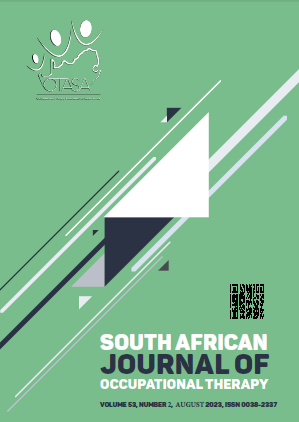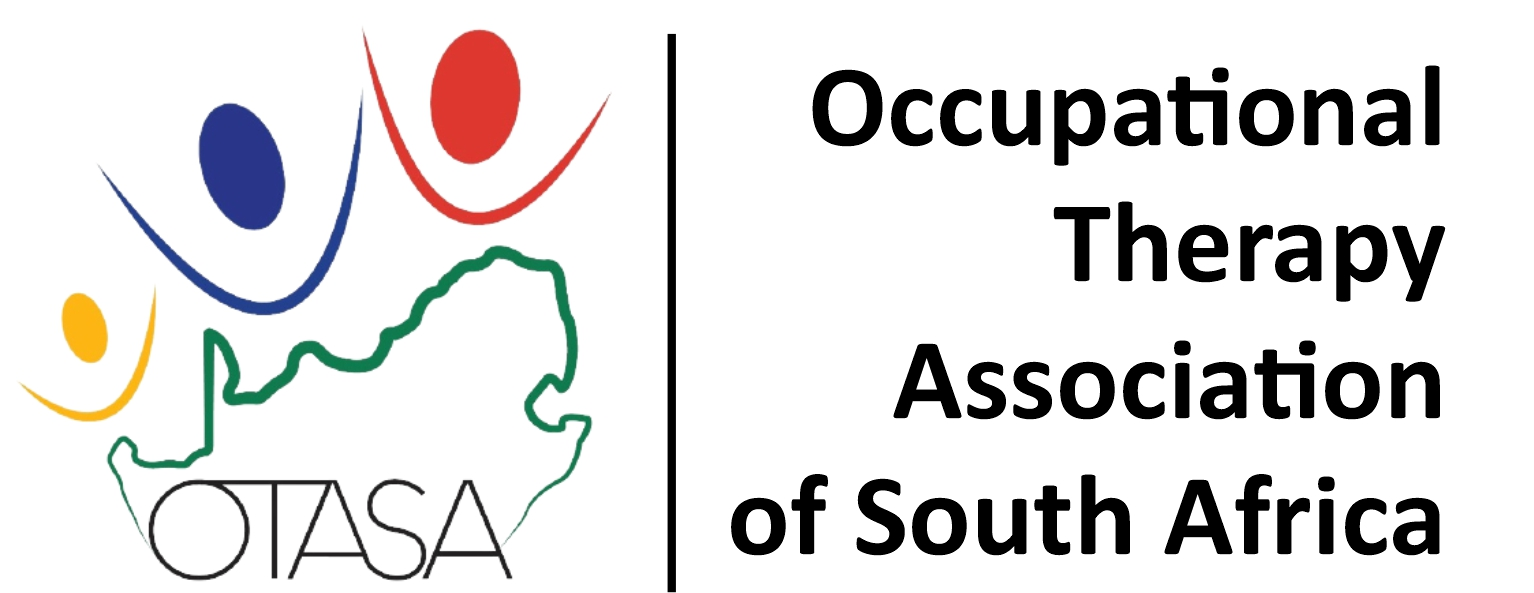Occupational therapists' acceptance of 3D printing
DOI:
https://doi.org/10.17159/2310-3833/2023/vol53n2a2Keywords:
Assistive Technology, Three-dimensional Printing (3dp), Technology Acceptance Model (tam), Additive Manufacturing, Orthosis, Splinting, Assistive DevicesAbstract
Introduction: In occupational therapy, three-dimensional printing is being explored as an alternative design and manufacturing technique to the conventional fabrication of orthotics and assistive devices. The global applications and literature are rapidly growing, but the South African - specific literature is deficient. The Technology Acceptance Model depicts that one's perception of any particular technology is a significant determinant of their acceptance of it, determining whether the technology system is successfully adopted or disregarded
Aim: To determine the perceived acceptance of three-dimensional printing technology amongst occupational therapists in KwaZulu-Natal and whether exposure to the technology system, in the form of a three-dimensional printing workshop, influences their perception of the technology
Method: The study followed a multi-method design consisting of two phases; phase one involved the creation of the intervention tool (workshop), which was developed through a process guided by Design-Based Research. Phase two involved the implementation of the intervention and data collection. Therapists documented their perceptions in a questionnaire before and after exposure; following a pre and post-test design, enabling comparison. The questionnaires were based on the Technology Acceptance Model, including 13 questions scored on a seven-point Likert scale and five open-ended questions. The quantitative data were analysed descriptively, and qualitative data were analysed thematically
Results: All four categories of the Technology Acceptance Model-based questionnaire displayed a significant change (p < 0.05) between the pre and post-test responses, with a medium effect size
Conclusion: Exposure to three-dimensional printing influences therapists' perception of the technology
IMPLICATIONS FOR PRACTICE
• The application of Three-Dimensional Printing (3DP) in occupational therapy practice has the potential to enable increased accuracy and precision of items fabricated by therapists; enabling customisation and individualisation to the exact specifications of a patient.
• 3DP can open doors to a broad spectrum of items that are not easily accessible, affordable, or not even available, accessing ideas and blueprints from a global pool of resources through open-source sites.
• With the process of fabrication being digital, not only does this reduce manual labour, but fabricating without touching the patient can reduce pain and prevent disruption of a repair/ surgical site/ wound.
• The digital process also allows patients to see and visualise the product during the design process, enabling input prior to printing, contributing to reduced wastage.
Downloads
References
See PDF for full list of References
Downloads
Published
Issue
Section
License
Copyright (c) 2023 South African Journal of Occupational Therapy

This work is licensed under a Creative Commons Attribution-NonCommercial-NoDerivatives 4.0 International License.
How to Cite
- Abstract 150
- PDF 91




.png)